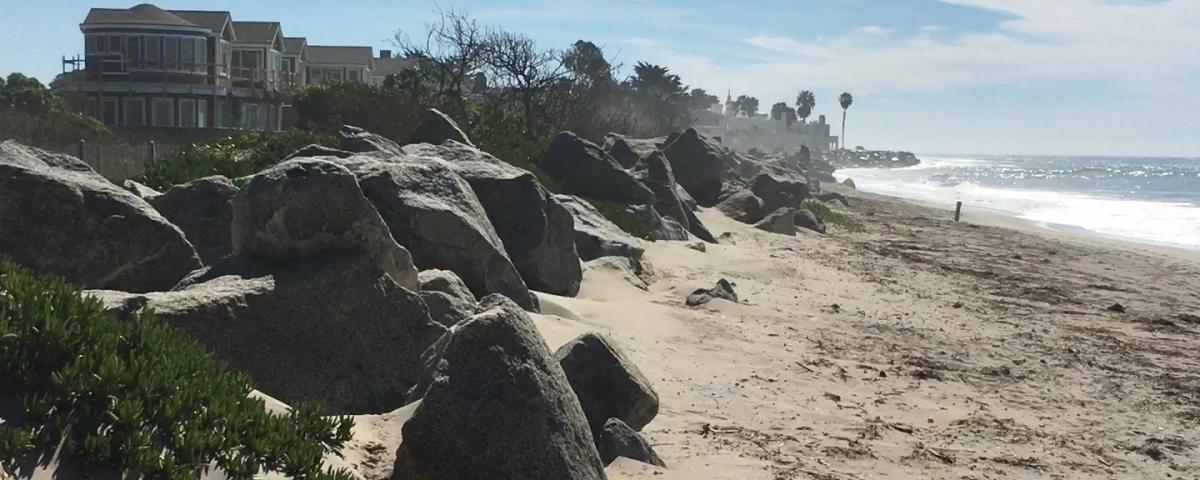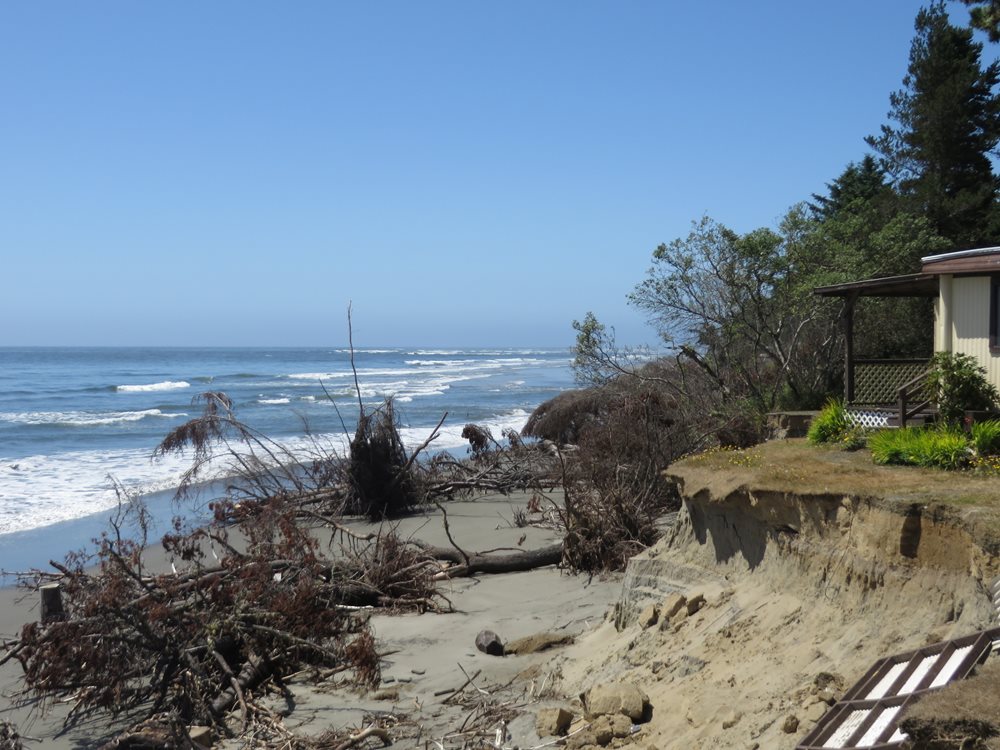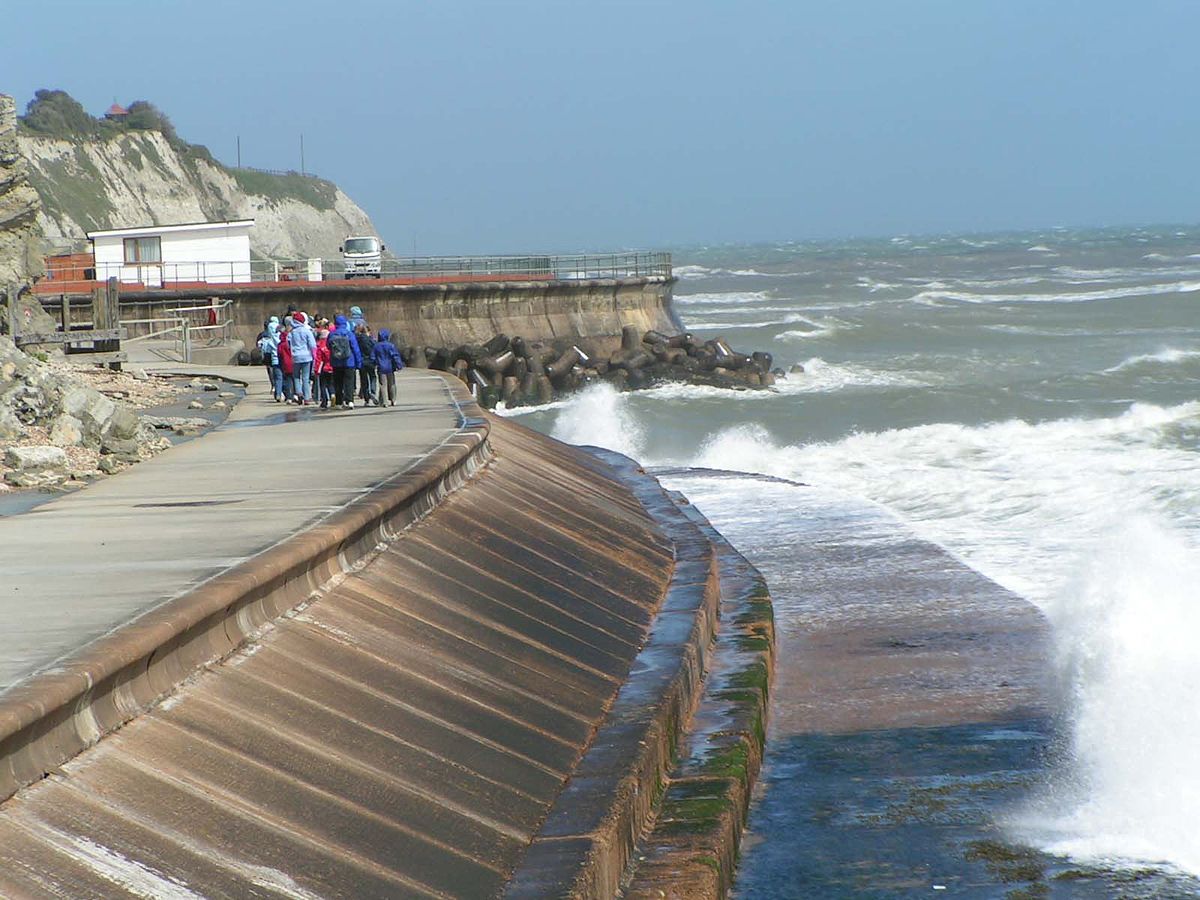The Ultimate Guide To Shore Protect Team
Shore Protect Team - An Overview
Table of ContentsThe Buzz on Shore Protect TeamThe Greatest Guide To Shore Protect TeamThe Basic Principles Of Shore Protect Team Not known Factual Statements About Shore Protect Team Some Known Questions About Shore Protect Team.The Basic Principles Of Shore Protect Team An Unbiased View of Shore Protect TeamThe Best Strategy To Use For Shore Protect Team

The appropriate seawall style depends on location-specific aspects, consisting of bordering erosion procedures. There are three main kinds of seawalls: vertical, curved, tipped, and mounds (see table listed below). A report published by the United Nations Environment Program (UNEP) recommends that the tsunami of 26 December 2004 created less damages in the areas where all-natural barriers were present, such as mangroves, reef or coastal plant life.
Natural barriers, such as coral reefs and mangrove woodlands, avoid the spread of tsunamis and the circulation of coastal waters and mitigated the flood and rise of water (bulkhead repair). A cost-benefit strategy is an effective method to determine whether a seawall is proper and whether the advantages are worth the cost
Shore Protect Team Fundamentals Explained
A seawall is a fixed attribute which can contrast with the vibrant nature of the coast and restrain the exchange of sediment between land and sea. Benefits and negative aspects of seawalls according to Short (1999) Benefits Negative aspects Lengthy term option in comparison to soft beach nutrition.

This can cause coastlines to dissipate, rendering them pointless for beach goers. Generally, seawalls can be a successful means to control seaside erosion, however only if they are built well and out of products that can stand up to the force of continuous wave power. Some understanding is needed of the seaside processes and morphodynamics certain to the seawall area.
8 Easy Facts About Shore Protect Team Explained

The enhancement of seawalls near aquatic ecosystems can lead to raised tailing impacts in the waters surrounding the seawall. Tailing minimizes the light and exposure within the water, which might interrupt the circulation as well as foraging capacities of specific varieties.
Lack of upkeep is additionally a major problem with seawalls. In 2013, greater than 5,000 feet (1,500 m) of seawall was found to be falling apart in Punta Gorda, Florida. Homeowners of the location pay hundreds of dollars yearly for a seawall repair program. The trouble is that the majority of the seawalls more than a half-century old and are being damaged by only heavy downpours.
The 6-Minute Rule for Shore Protect Team
A seawall, constructed from rocks in Paravur near Kollam city in India. Seawall construction has existed considering that old times. In the initial century BCE, Romans constructed a seawall or breakwater at Caesarea Maritima developing a fabricated harbor (Sebastos Harbor). The construction used Pozzolana concrete which hardens touching seawater.
They were drifted into position and sunk. The resulting harbor/breakwater/seawall is still in existence today even more than 2000 years later on.
A lot more just recently, seawalls were constructed in 1623 in Canvey Island, UK, when excellent floodings of the Thames tidewater happened, triggering the construction of protection for more occasions in this flood-prone location. Ever since, seawall design has actually ended up being much more complex and detailed in action to an enhancement in products, modern technology, and an understanding of just how coastal processes run.
An Unbiased View of Shore Protect Team

At its greatest, the obstacle leaving the water's edge reaches regarding 27 feet (8.2 m) over water level (commercial bulkhead). The boulders, some weighing up to a heap, are weather-beaten black and brownish. The seawall is inspected each year and whenever spaces appear or the stones sink into the sand, the government includes a lot more rocks to maintain it solid
All About Shore Protect Team
During the 2011 Thoku quake and tidal wave, the seawalls in a lot of areas were overwhelmed. In Kamaishi, 4-metre (13 feet) waves surmounted the seawall the globe's biggest, erected a couple of years earlier in the city's harbor at a depth of 63 m (207 ft), a size of 2 km (1.2 mi) and a price of $1.5 billion and at some point submerged the city.
Perhaps, the additional protection provided by the seawalls presented an added margin of time for citizens to evacuate and likewise quit some of the full force of power which would certainly have caused the wave to climb greater in the backs of coastal valleys. The failing of the globe's largest seawall, which cost $1.5 billion to build, reveals that building stronger seawalls to secure bigger locations would have been even less cost-efficient.
The Facts About Shore Protect Team Uncovered
Basically, the destruction in seaside locations and a last death toll anticipated to surpass 10,000 might push Japan to redesign its seawalls or take into consideration even more reliable choice approaches of seaside security for extreme occasions. Such hard coasts can additionally give an incorrect complacency to homeowner and neighborhood homeowners as noticeable in this circumstance.
( 2010) Introduction to Coastal Engineering and Administration. World Scientific Posting Carbon Monoxide Ltd. Singapore. Shipman, Brian; Stojanovic, Tim (2007 ), "Facts, Fictions, and Failures of Integrated Coastal Area Administration in Europe", Coastal Monitoring, 35 (23 ): 375398, Bibcode:2007 CoasM..35..375 S, doi:10.1080/ 08920750601169659, S2CID "Seawall Building". KindDesigns. Recovered 2025-06-23. Kraus, N & McDougal. (1996) The Results of Seawalls on the Beach: Component I: An Upgraded Literature Testimonial in Journal of Coastal Research.
Shore Protect Team Fundamentals Explained
12, No. 3. Clarke, J R. 1994. Integrated Management of Coastal Zones. Fao Corporate Document Database, USA. Hsiung AR, Tan WT, Loke LHL, Firth LB and others (2020) Little evidence that reducing the pH of concrete supports higher biodiversity on exotic and pleasant seawalls. Mar Ecol Prog Ser 656:193 -205 Kajendra, R.